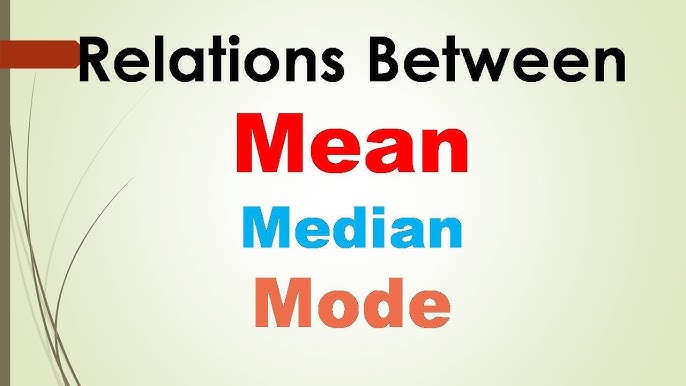Understanding Mean, Median, Mode, and Range is essential for mastering data handling in the IGCSE Mathematics syllabus. These measures of central tendency and spread help students summarize and interpret data sets effectively, making them a vital part of statistics.
Mean:
By adding up each value in a data collection and dividing by the total number of values, one can determine the mean, which is the arithmetic average. It gives a general idea of the overall level of the data. For example, if five students scored 60, 70, 80, 90, and 100 in a test, the mean score would be (60 + 70 + 80 + 90 + 100) ÷ 5 = 80. Because of its sensitivity to extreme numbers, or outliers, the mean can be distorted and present an inaccurate image of the data.
Median:
The median represents the central value in a data set arranged in order. If there is an even number of values, it is calculated by finding the average of the two middle numbers. The median is useful because it is not affected by outliers and gives a better representation of the data’s center in skewed distributions. For instance, in the set 2, 3, 3, 4, 100, the median is 3, while the mean would be much higher due to the outlier 100.
Mode:
The mode is the number that occurs most often in a data set. A data set can have one mode, more than one, or none at all. It is particularly useful for identifying the most common value in a set, such as the most popular shoe size sold in a shop. The mode, for instance, is 6 in the collection [3, 4, 5, 6, 6, and 7].
Range:
The range, which measures the dispersion of the data, is obtained by subtracting the lowest number from the highest. It demonstrates the diversity of the data. High variability is indicated by a wide range, whereas consistency is suggested by a limited range. In the set 20, 22, 24, 26, 50, the range is 50 – 20 = 30.
Together, mean, median, mode, and range provide a comprehensive understanding of a data set’s overall pattern and distribution. Mastering these concepts allows students to interpret data accurately and make informed conclusions—skills that are essential for success in IGCSE Mathematics.

